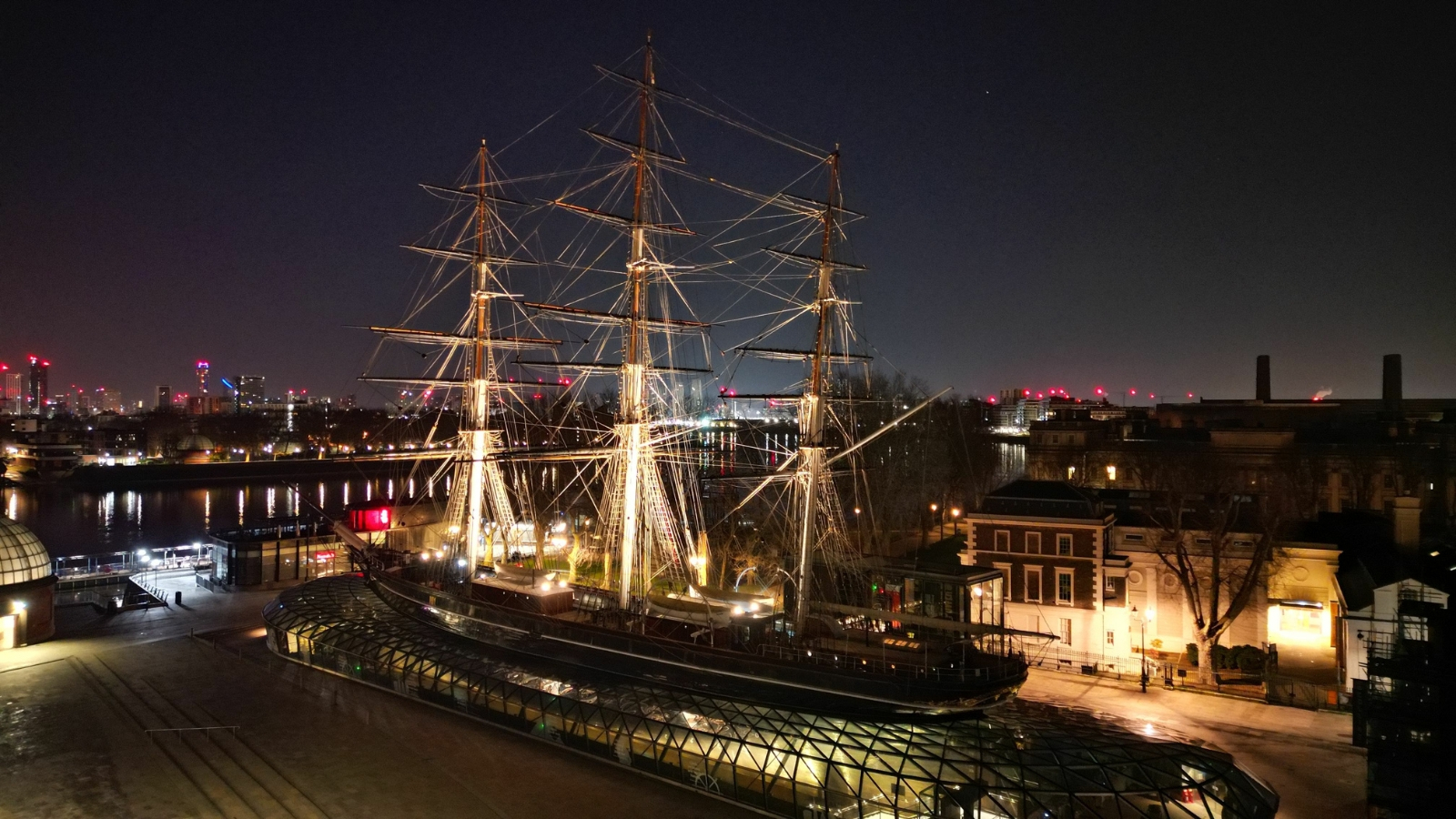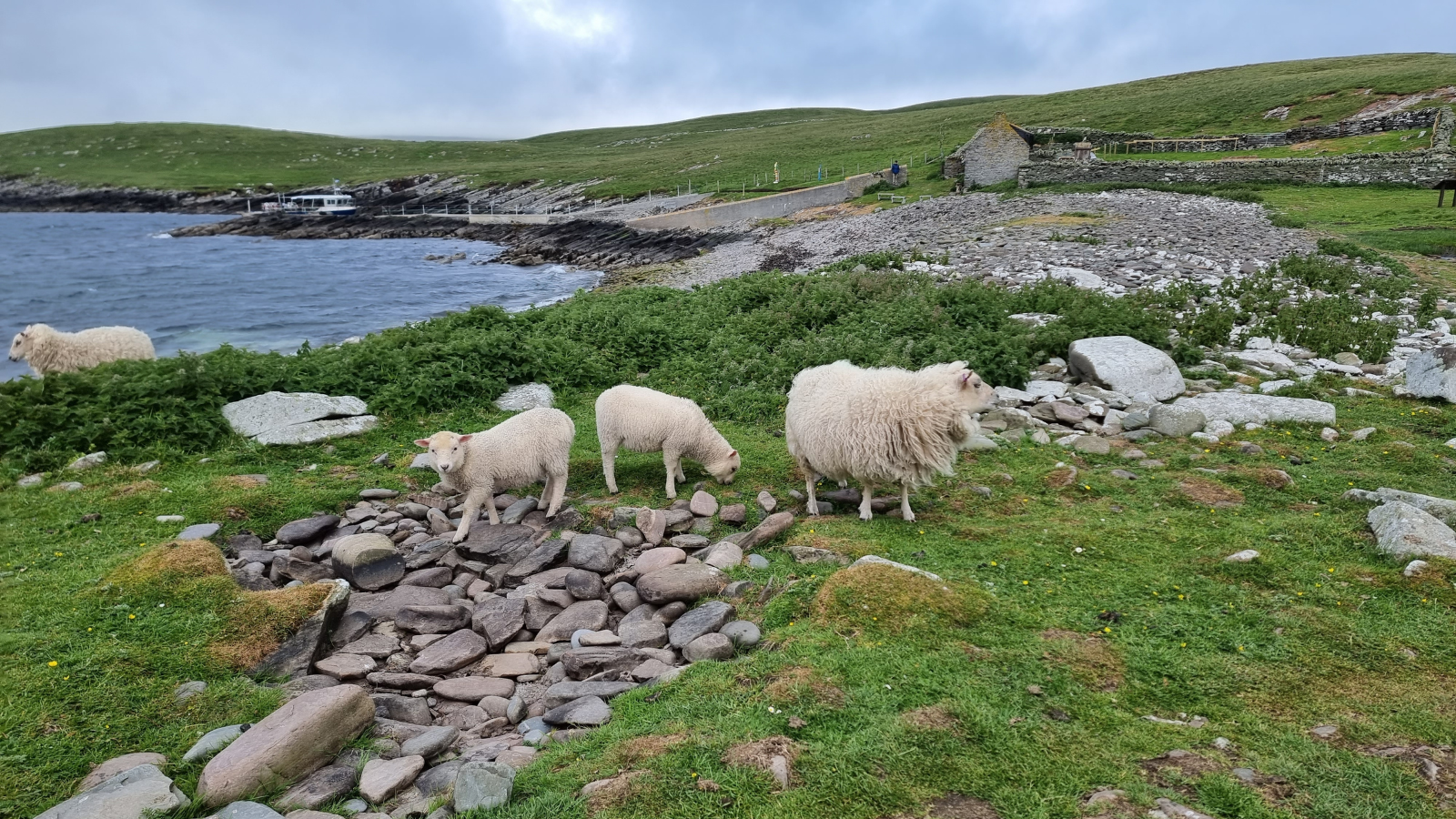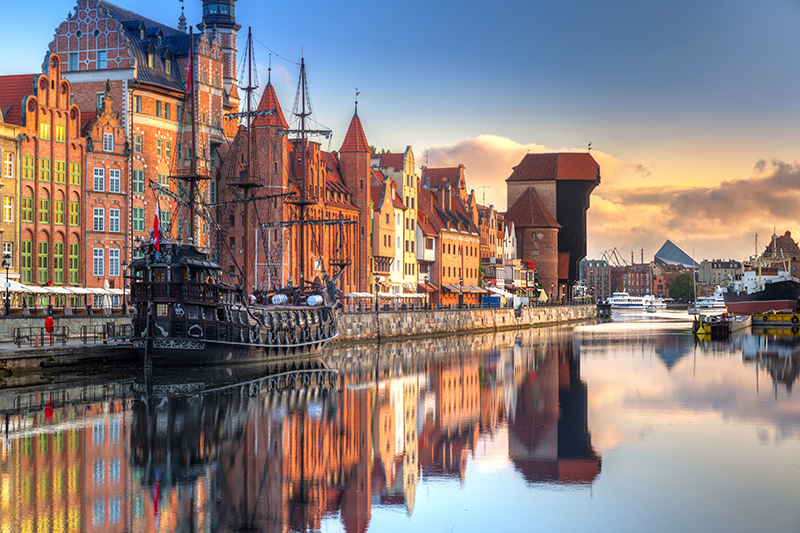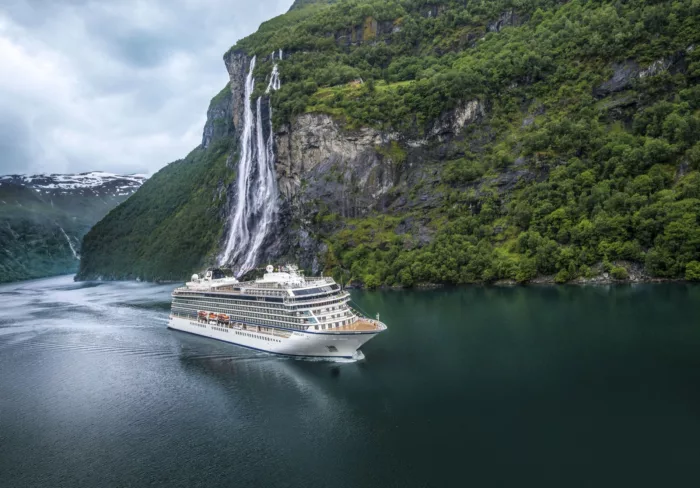
Meet Dr Alison Smith, curator of the National Portrait Gallery’s Edvard Munch portraits
Viking has announced a new cultural partnership with the National Portrait Gallery in London. To this end, the luxury cruise line will be an ‘Exhibition supporter’ of the institution upcoming Edvard Munch portraits exhibition. Ahead of the opening (March 13), we caught up with curator Dr Alison Smith to find out more
Edvard Munch Portraits will be the first exhibition in the UK to focus on Munch as a portrait painter which has been overlooked previously. Why do you think this is and what motivated you to explore this area of his work?
Munch is famous for his powerful explorations of human psychology and sexuality such as The Scream, Jealously and Madonna.
These iconic images have obscured his portraits which are perhaps not as well known in the UK as in his native Norway. Having seen Munch's portraits at museums such as KODE in Bergen and of course the Munch Museum, I thought the National Portrait Gallery would be the ideal venue to introduce them to people here given its emphasis on the sitter as much as the artist.
The stories surrounding Munch and his subjects are fascinating, and I wanted to make them the focus on the show.

Are there any pieces of work that you are particularly excited about or have never exhibited in the United Kingdom before?
Many portraits in the exhibition will be unfamiliar to visitors and this will be the first time most have been seen in the UK.
I'm particularly excited about seeing the portrait of Dr Daniel Jacobson, who treated Munch in his private clinic in Copenhagen following Munch’s mental health crisis in 1908.
It's painted in vivid strokes of complementary yellow and blue and in terms of the strong gestural brushwork is way ahead of its time, which is probably why the doctor said it was painted by a ‘madman’.
The exhibition explores how Munch sought to delve behind the masks of those he portrayed, using expressive paintwork to reveal inner feelings and motivations. Is this a common theme in his work generally?
Munch often spoke about dissecting souls and throughout his life he wanted to dramatise human emotions such as love, jealousy and loneliness.
This is particularly striking in the paintings that make up the Frieze of Life cycle but can also be seen in some of the portraits. I'm thinking here about his portrait of his sister Laura who suffered from mental illness.
In the painting titled Evening, she stares vacantly into the distance as if totally isolated in her own self and disengaged from the natural world surrounding her.
Generally, Munch is portrayed as an isolated artist, but you are hoping to present him as a social being. What have you discovered about this other side to the artist whilst curating the exhibition?
In reading about Munch, I was surprised to learn that he was rather canny in the way he handled his business affairs, accumulating considerable wealth and property during his lifetime.
Although he had many bohemian friends, as would be expected, he also chose to surround himself with people who could ground him in some way – by providing financial or legal advice, for example. He seems to have had a particular fondness for doctors, being a bit of a hypochondriac himself!
The exhibition features Munch’s portraits from both the 19th and 20th century. What changes have you observed in his style during this time?
The way Munch painted changed a lot during his lifetime. The early portraits tend to be dark and naturalistic, informed by the realist work of his contemporaries, especially his early mentor Christian Krohg.
He then passed through a Symbolist phase, where the portraits suggest hidden meanings and emotions. His mature portraits are large and colourful, animated by exaggerated brushwork and drips of paint on exposed areas of canvas.
Alison Smith is director of collections and research at the Wallace Collection, London. She was previously chief curator at the NPG where she worked from 2017-2024 overseeing the delivery of the new collection displays that formed part of the Inspiring People project. She also proposed the Munch Portraits exhibition which she continued to see through to delivery.
The exhibition is supported by Viking who also offer guest sailing on itineraries that call in to Oslo, excursions to the Munch Museum including a Privileged Access® behind-the-scenes tour. Viking's ocean ships also ocean carry an extensive collection of original Munch artworks.































